Everyone knows Cinderella’s story: A young woman, indentured to a cruel stepmother, gets blessed by magical forces. With the help of a fairy, some woodland creatures and a transformed pumpkin, Cinderella, as popularized by the Brothers Grimm, Perrault and Disney, woos a prince and lives happily ever after. But what of her stepsisters, the bullies who we believe deserved their comeuppance? Surely, they have their own tale?
In The Ugly Stepsister, Norwegian director Emilie Blichfeldt recasts the story of these “ugly” young women as a horrifying quest for beauty. Recall, in the Brothers Grimm story, how one of the stepsisters, in a grisly attempt to fit into the famed slipper, takes a knife to her toes. Blichfeldt indulges in this gruesome atmosphere and considers what other ways a young woman might mutilate herself for acceptance. On the heels of Coralie Fargeat’s beauty-body horror The Substance, The Ugly Stepsister will likely find an audience when Shudder releases it this year.
The Ugly Stepsister
The Bottom Line The fun is in the details.
Venue: Sundance Film Festival (Midnight)
Cast: Lea Myren, Thea Sofie Loch Næss, Ane Dahl Torp
Director-screenwriter: Emilie Blichfeldt
1 hour 50 minutes
Blichfedlt’s aesthetic ambition — hyper-pop prevails here — and a committed performance from Les Myren as the titular stepsister help enliven a film that, at times, is weighed down by its more farcical antics. From Ozempic to buccal fat removal, contemporary life is filled with examples that underscore beauty as a brutal and violent business. Companies prey on insecurities, selling solutions to invented problems. When The Ugly Stepsister retreads these well-appreciated facts through visual gags or obvious dialogue, the effect can be dull.
But when Blichfedlt experiments with the details — teasing out the relationship between the stepmother and her daughters, for example, or reframing the prince’s ball as a political event — the film finds new ways to make an old tale relevant.
The Ugly Stepsister opens, appropriately, with a fantasy. Elvira (Myren), an awkward and observant young woman, dreams of marrying Prince Julian, the kingdom’s most desirable bachelor. He’s just published a new book of poems, self-indulgent verses about love and sex, which she pores over in her free time.
As Elvira yearns, her family’s circumstances change dramatically. Her mother Rebekka (Ane Dahl Torp) remarries and Elvira and her sister Alma (Flo Fagerli) gain a new sibling. Agnes (Thea Sofie Loch Naess) is everything Elvira wants to be: blonde, blue-eyed and sophisticated. The sisters start out on amicable terms, but after her father, Otto (Ralph Carlsoon), dies, Agnes succumbs to grief’s unpredictability. Rebekka changes, too. It turns out Otto had no money. The bank seizes the family’s assets, leaving them relatively destitute.
When news that Prince Julian is looking for a bride reaches the unhappy clan of women, Rebekka sees an opportunity to relieve her financial burdens. She trains her attention on Elvira, trying to turn her into an object of desire. Blichfedlt uses confidently staged scenes of Elvira negotiating a nose job and trying to lose weight to illustrate the adage that equates beauty with pain. When these moments are successful, Blichfedlt’s appropriately gruesome experiments with body horror also underscore Elvira’s growing desperation to be beautiful. Myren’s performance works in part because she deftly fashions this pursuit as a kind of haunting. Elvira, once cherubic and earnest, transforms into a hollowed-out version of herself.
Blichfedlt complicates other characters, too, by fleshing out their motivations. Rebekka, now twice a widow, finds herself in the unenvious position of trying to survive. Ensuring that her daughters are seen as beautiful is the only way she can secure their futures. There’s an impressive subtlety to Thorp’s performance (particularly in one crucial scene with her youngest daughter near the film’s end) that gently reveals the stepmother’s heartbreaking sense of her own precarity.
Agnes, increasingly mistreated by her stepfamily and nicknamed Cinderella, wants to win the Prince’s affection too, but that’s so she can escape her circumstances. Although this Cinderella is thankfully not a naive maiden, her storyline occasionally gets muddled by one too many loose threads. A similar issue befalls Alma, the stepsister wholly uninterested in being her mother’s pawn.
At its strongest, The Ugly Stepsister finds new entry points into a familiar thesis. Blichfedlt’s interpretation of this fairytale can be especially visually striking. DP Marcel Zyskind’s claustrophobic gaze, Mahon Rasmussen’s dramatic costuming and Sabine Hviid and Klaudia Klimka-Bartczak’s moody production design, coupled with the anachronistic music choices, help Blichfeldt in conjuring a world that reveals the more grotesque elements of beauty.
Full credits
Venue: Sundance Film Festival (Midnight)
Distributor: Shudder
Production companies: Mer Film, Lava Films, Motor, Scanbox Entertainment, Zentropa International Sweden
Cast: Lea Myren, Thea Sofie Loch Næss, Ane Dahl Torp, Flo Fagerli, Isac Calmroth, Malte Gardinger
Director-screenwriter: Emilie Blichfeldt
Producer: Maria Ekerhovd
Executive producers: Ada Solomon, Axel Helgeland, Christian Torpe, Jesper Morthorst
Cinematographer: Marcel Zyskind
Production designer: Sabine Hviid
Costume designer: Manon Rasmussen
Editor: Olivia Neergaard-Holm
Composers: Vilde Tuv, Kaada
Casting directors: Catrin Wideryd, Milosz Sawicki
1 hour 50 minutes
THR Newsletters
Sign up for THR news straight to your inbox every day
Subscribe Sign Up

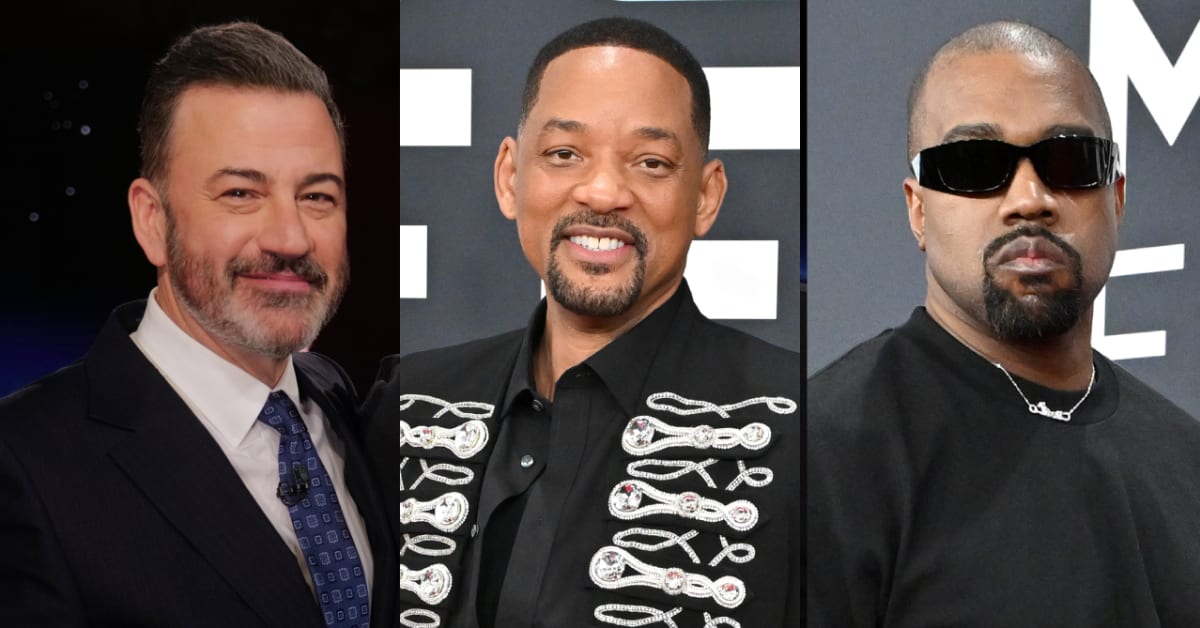
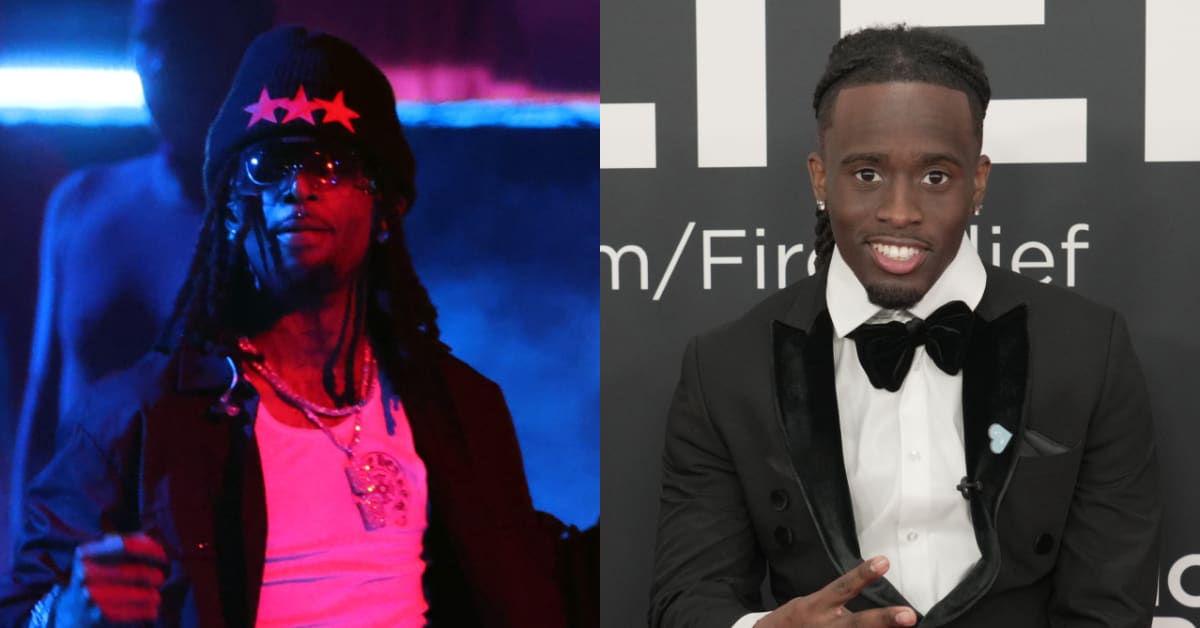

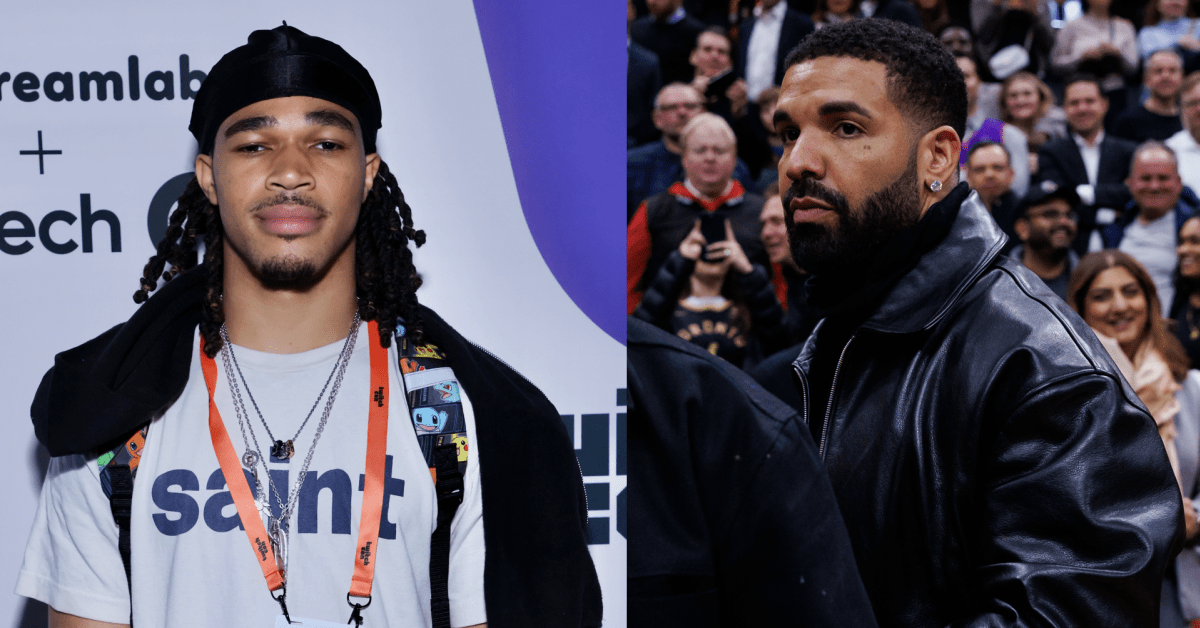


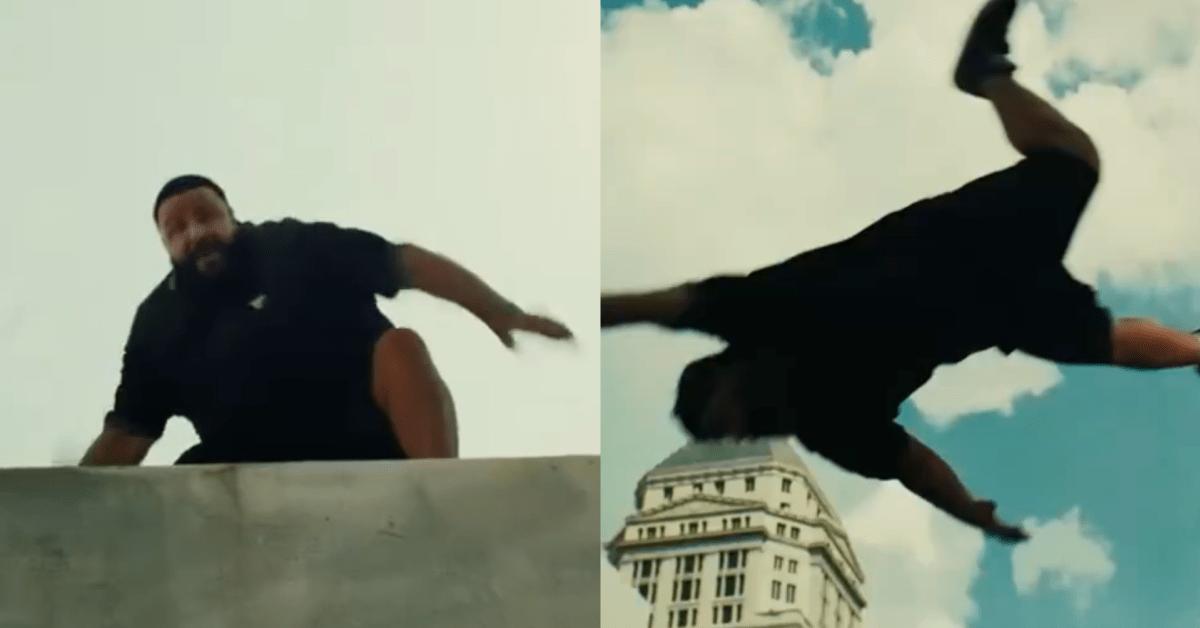

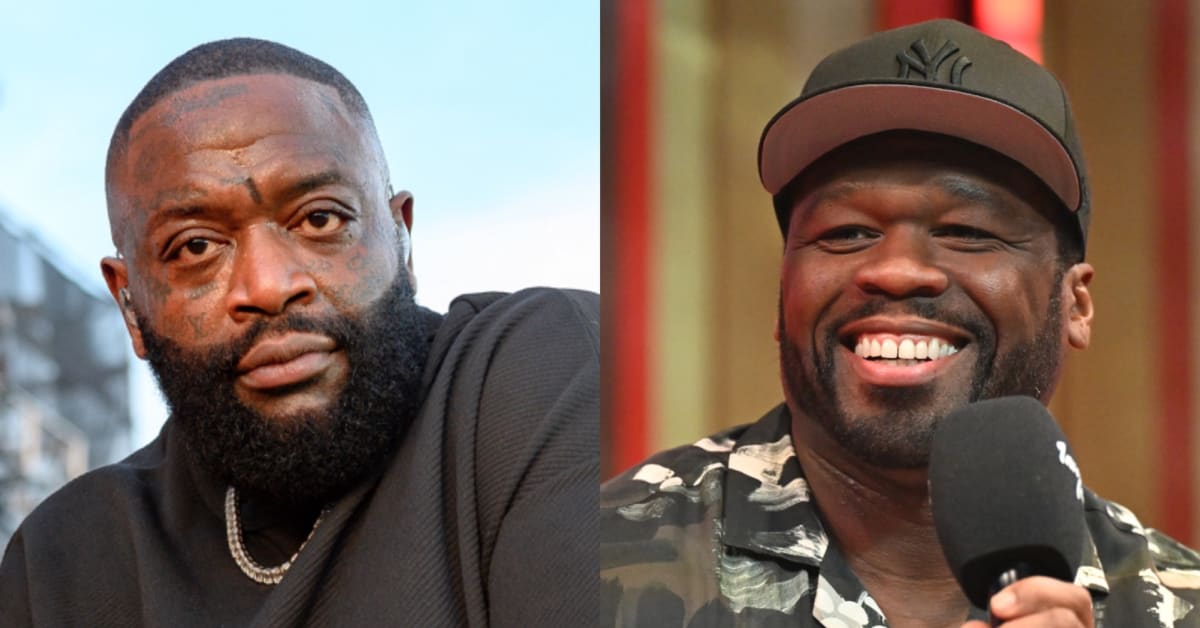










 English (US) ·
English (US) ·